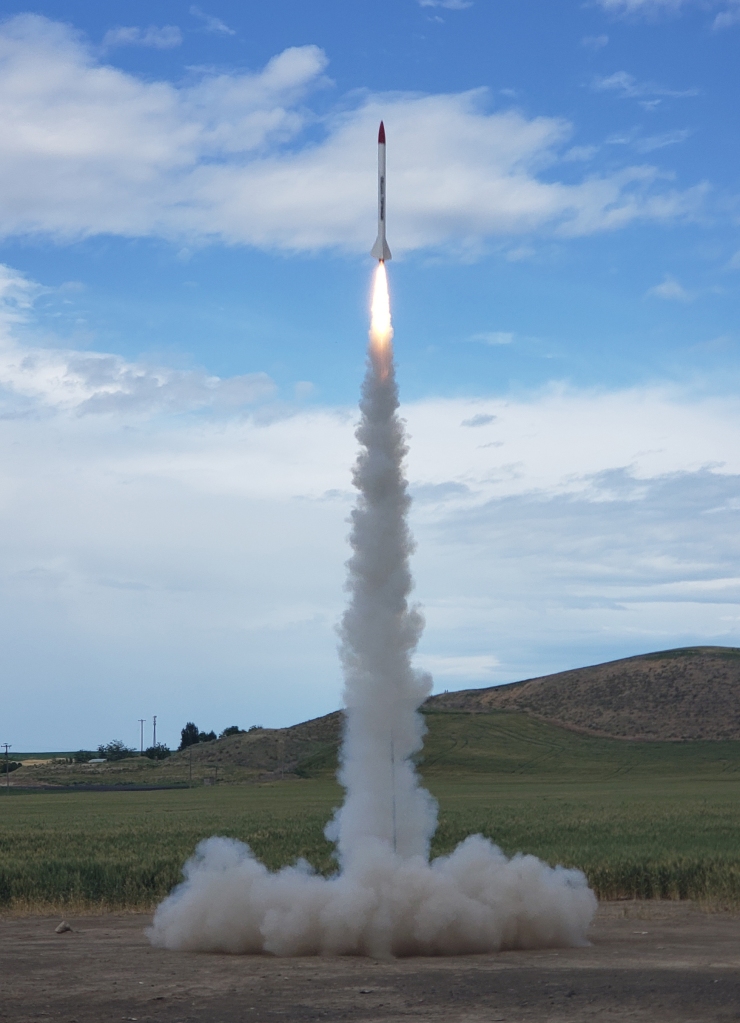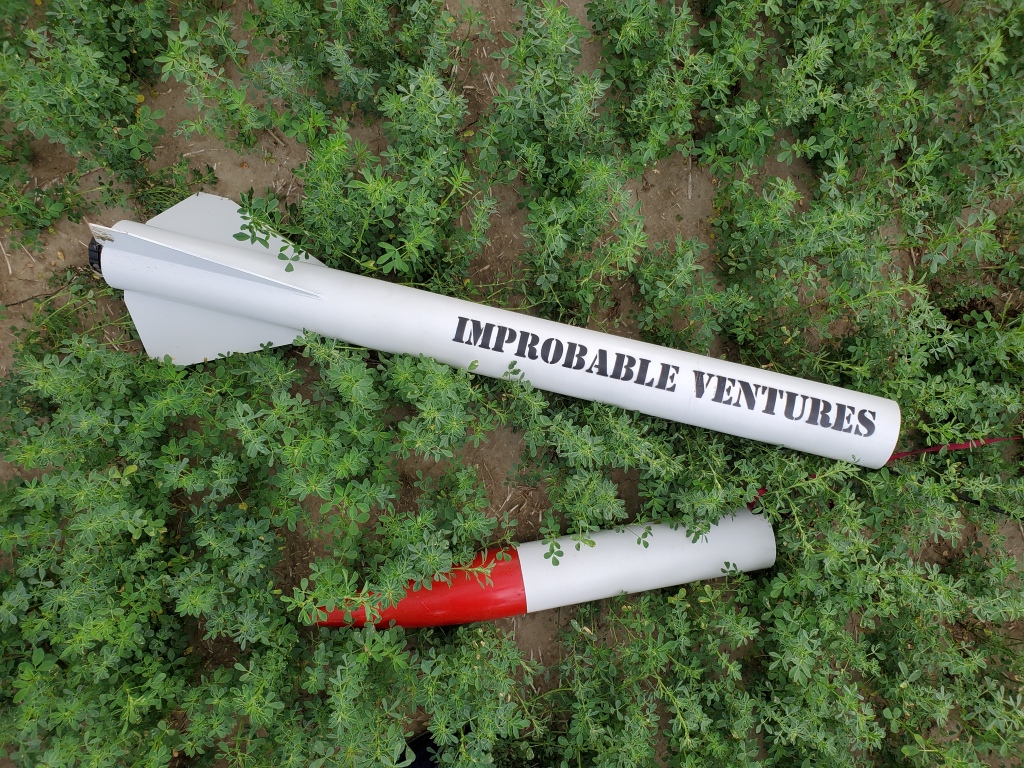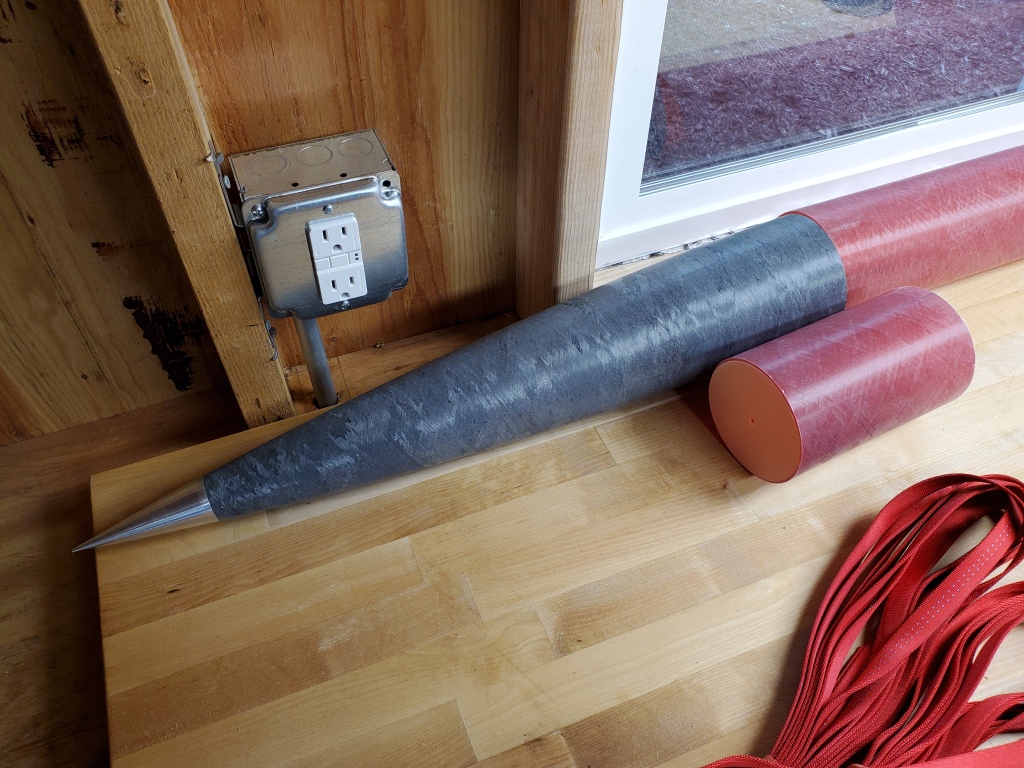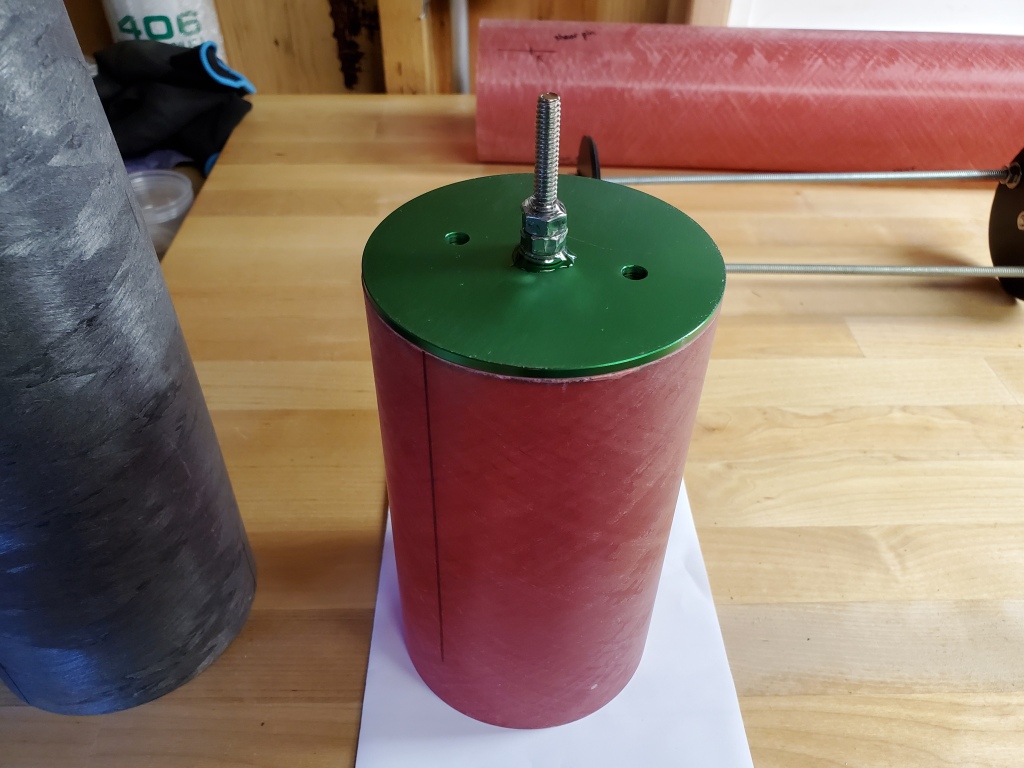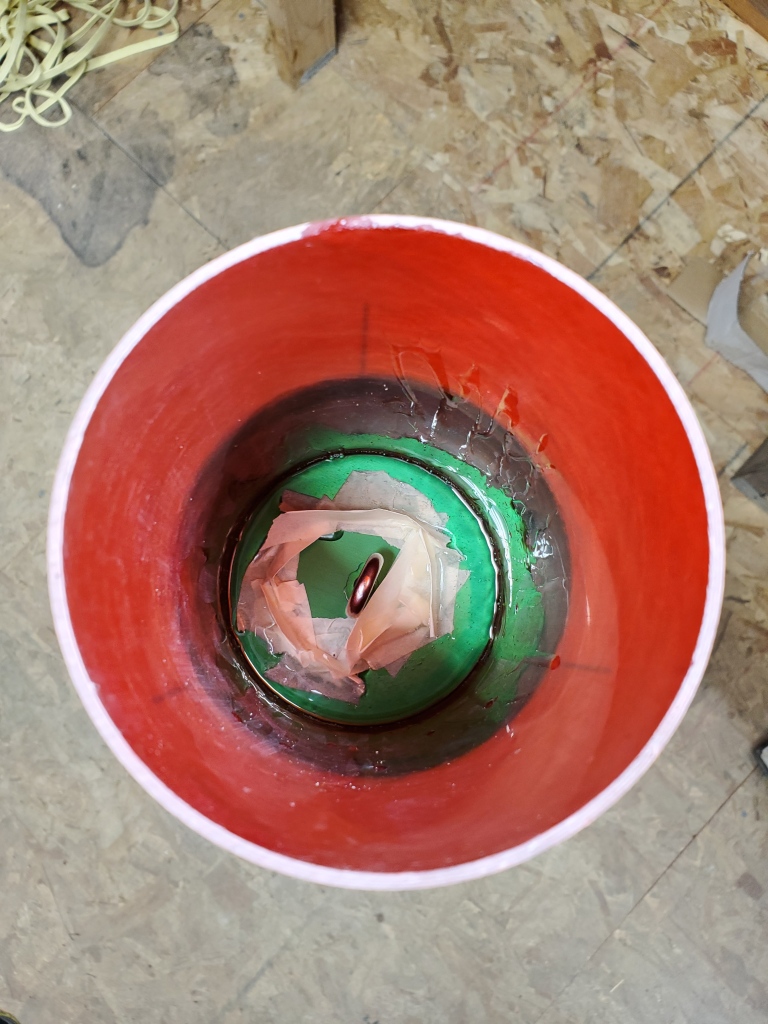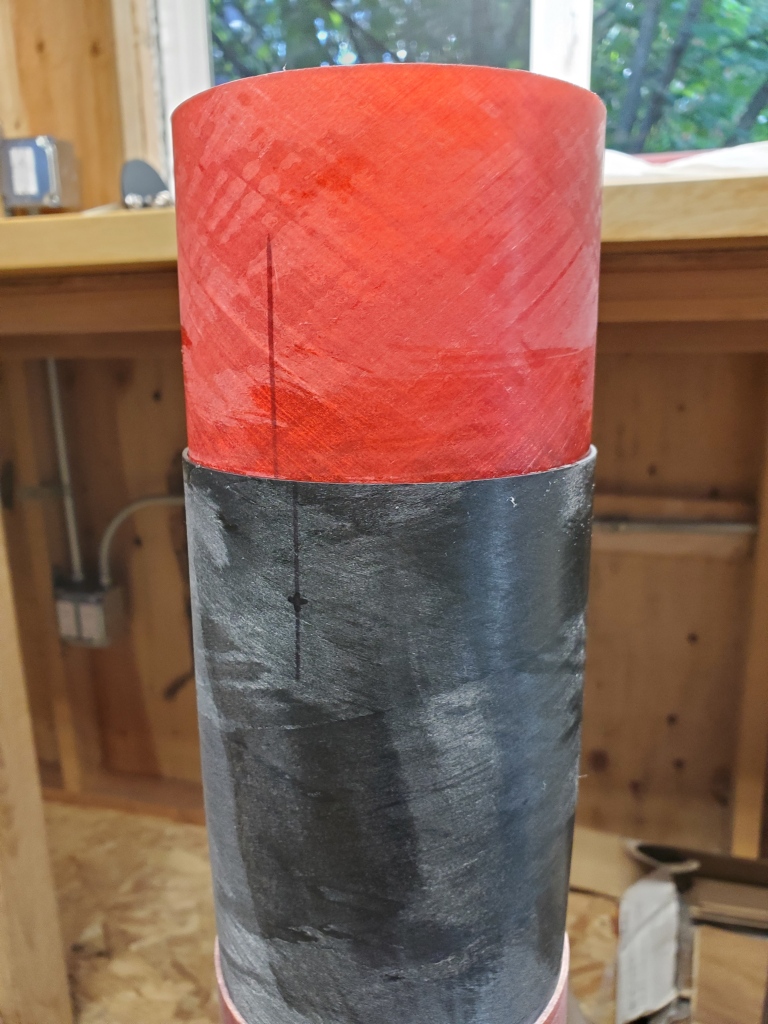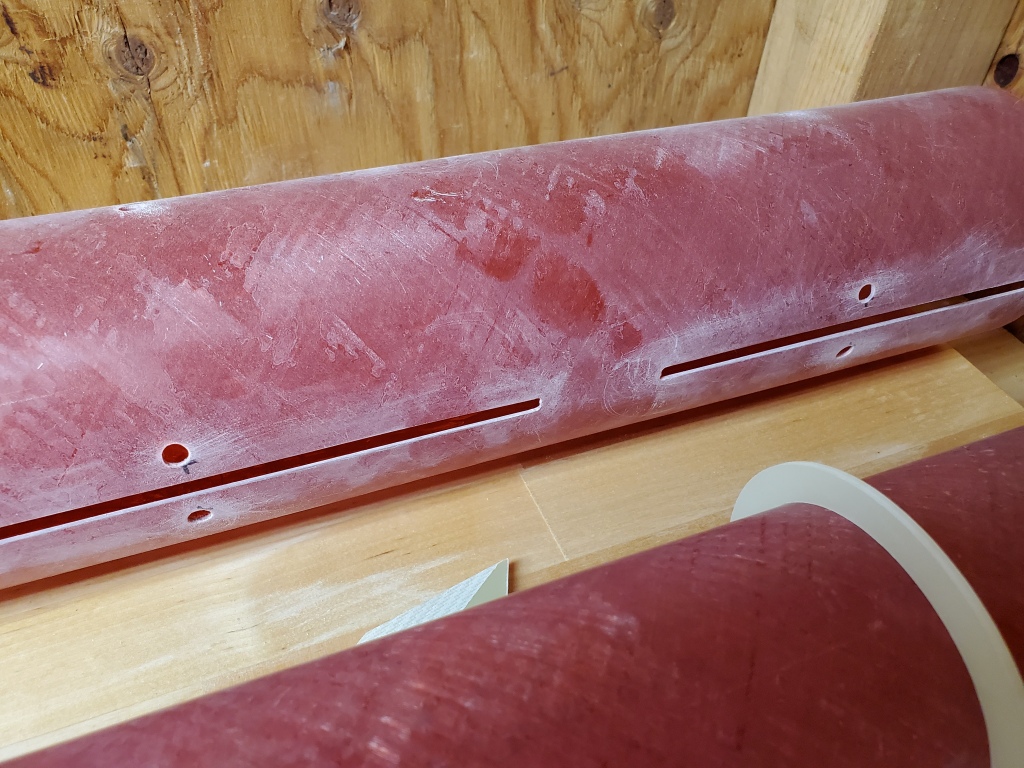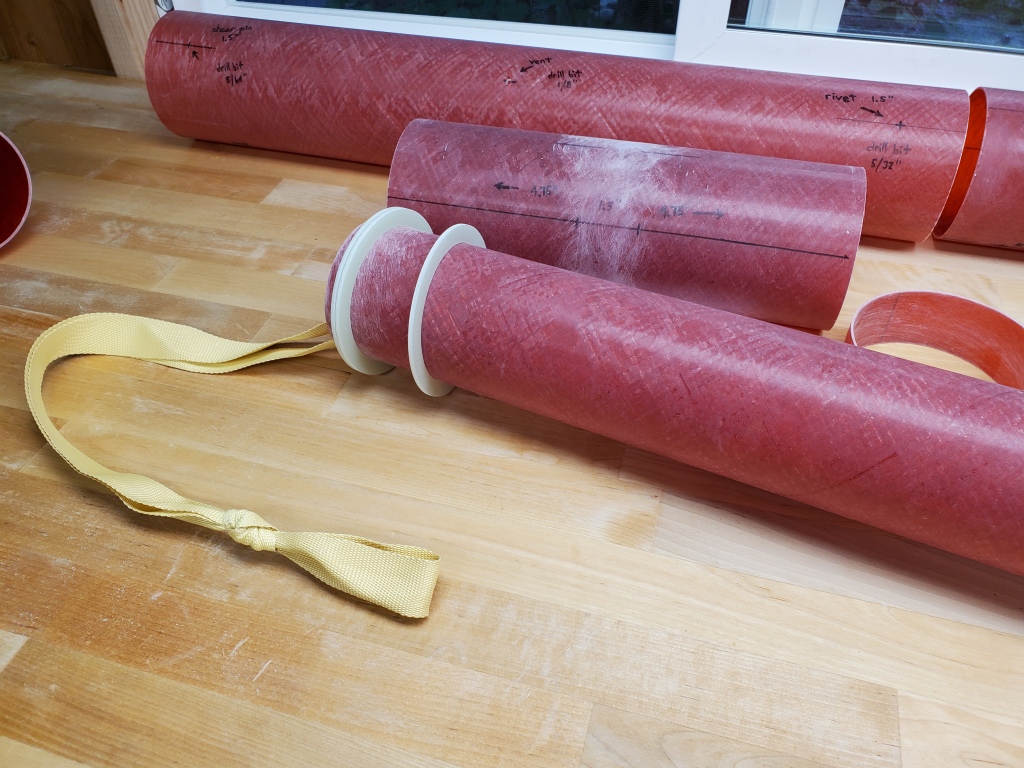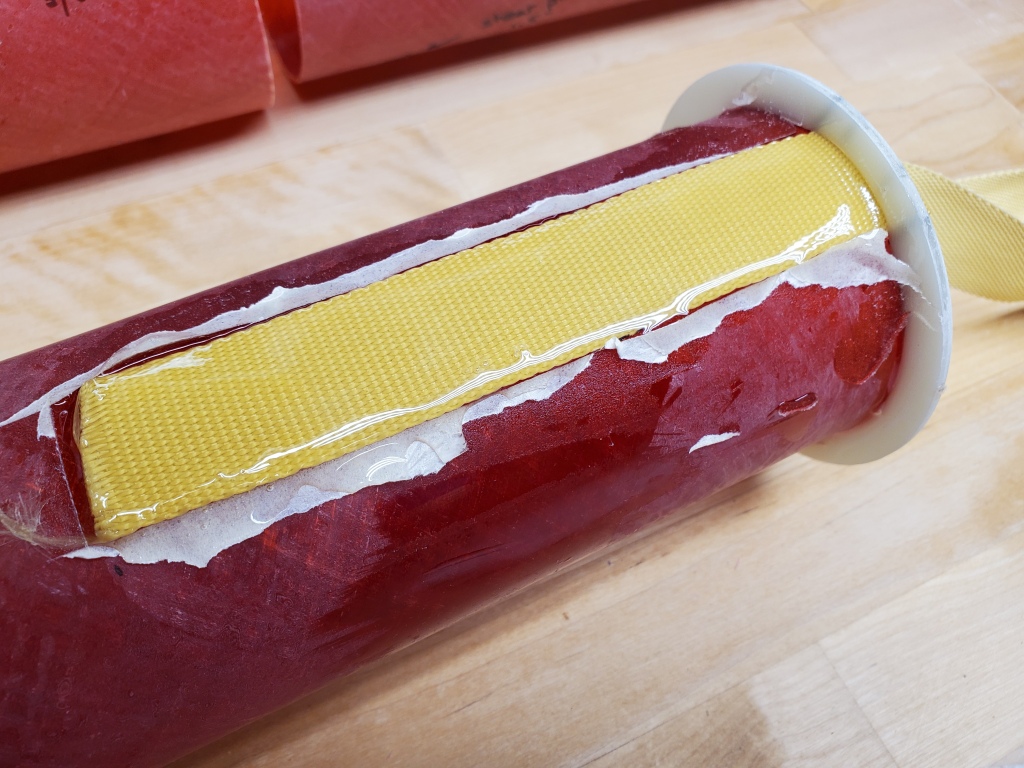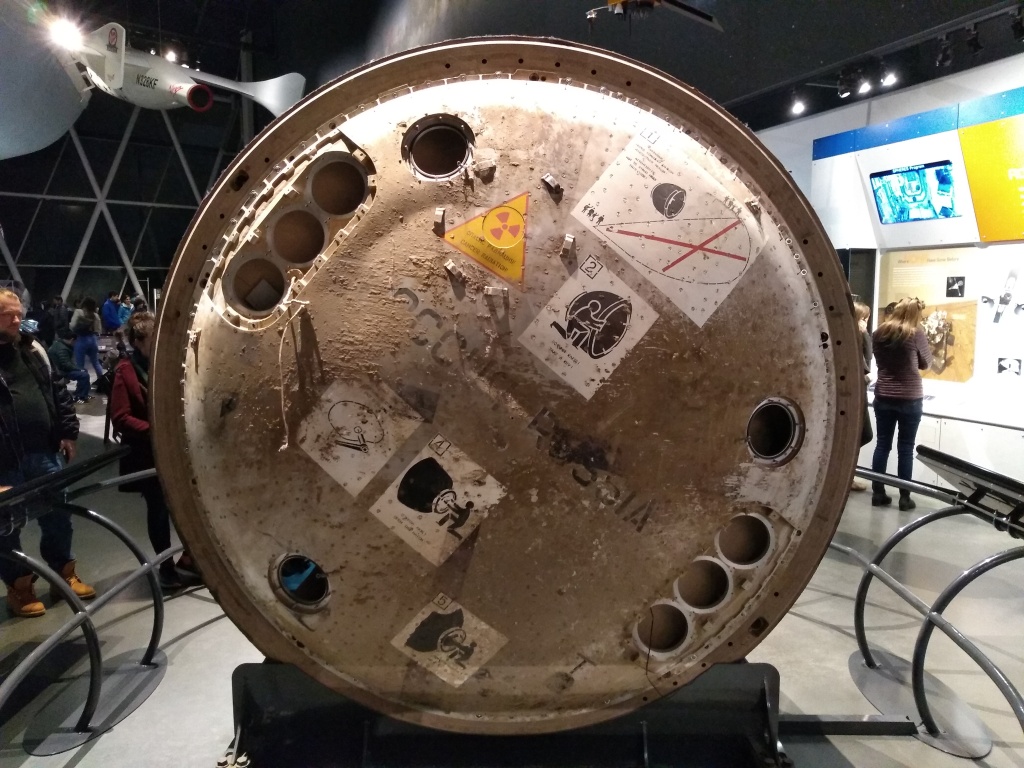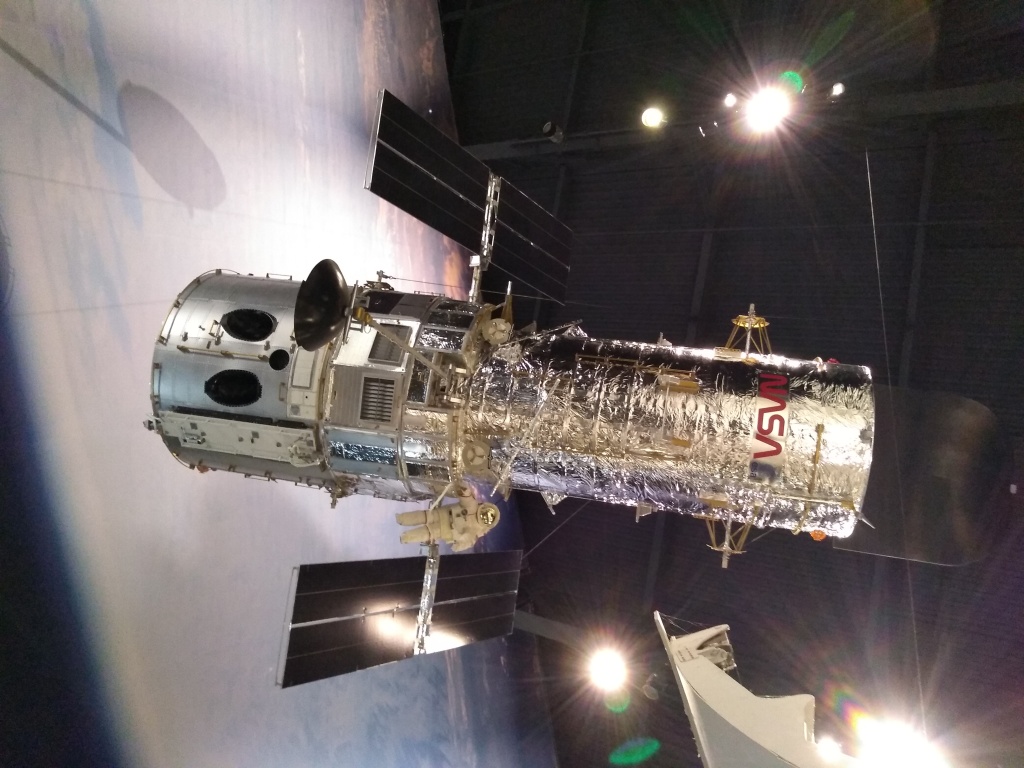I grew up playing the original Pokemon games on Game Boy Color (Pokemon Red, specifically). The animated show was also popular at that time, and I’d watch an episode or two every morning before heading off to school. At the end of every episode was the “Poke Rap,” and I’d sing/ rap along since I knew it by heart. I’ve played many more Pokemon games since the days of Red/Blue (and Yellow), and I’ve seen additional seasons of the show. The characters change, and they keep adding more Pokemon. But I’ll always retain a certain fondness for the original 150.
Years later, I’ve discovered high power rocketry, and I was recently struck by the similarities. Below I’ve compiled a list of why rocketry is similar to Pokemon:
8. Collecting badges.
I recently earned my level 1 and level 2 certifications in high power rocketry (HPR) from the National Association of Rocketry (NAR), and NAR sent me these two badges. Now I can put these badges on the inside of my jacket and proudly display them whenever someone challenges my rocketry credentials – and after you defeat six more gym leaders to collect additional badges, you too can compete in the rocketry league!
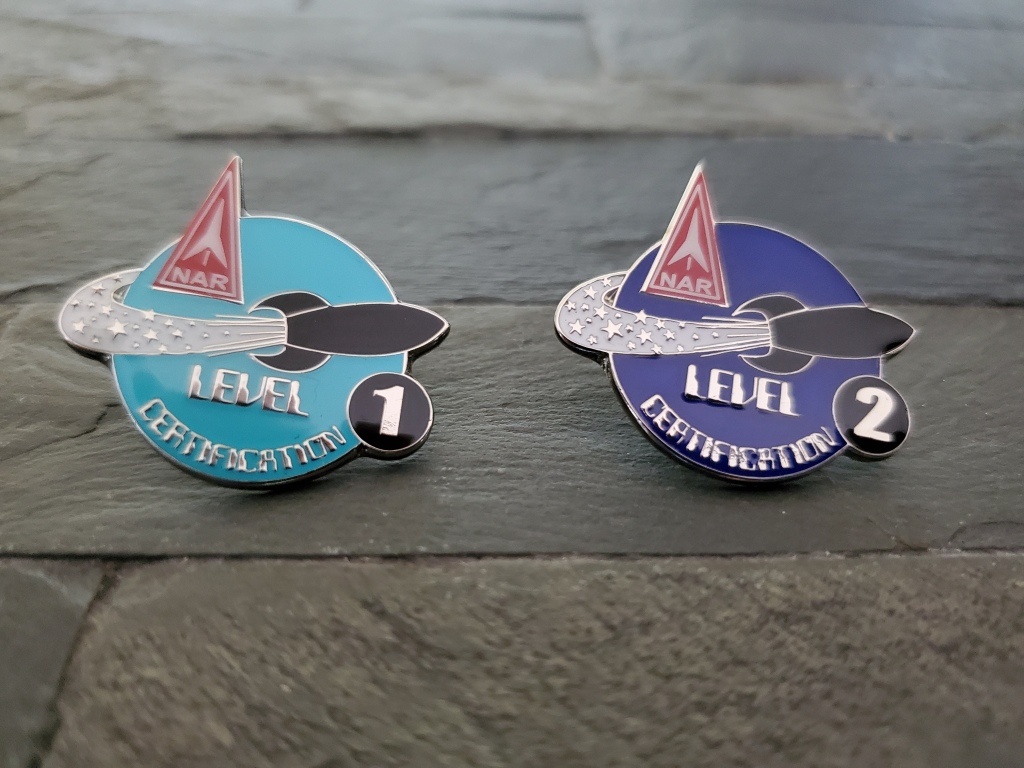
7. Expert guidance from Professor Oak.
You’ll find some great mentors – more experienced rocketeers – who can provide advice and wisdom on rocketry. They may or may not be actual professors named after plants (Oak, Ivy, etc.).
6. Friends like Misty and Brock.
You’ll meet lots of people on your journey and make some great friends along the way, even if you have to steal their bicycle or defeat them in battle first.
5. Team Rocket.
Enough said.
4. A frequently “shocking” experience.
With electrical ignition systems that are used to ignite all modern rocket motors, there’s no shortage of electricity themed puns – just like with every Pikachu attack!

3. A superior rival.
Like Ash and Gary, you’ll discover and battle opponents, and there will always seem to be one who is one step ahead of you, at every turn. Unfortunately, you’ll probably never quite catch up.
2. Mom.
No matter how much you’ve been through and how much you’ve grown, there is always the risk that your mom may show up at the launch site, yelling at you to remember to change your underwear, and otherwise generally embarrassing you in front of a large crowd.
1. Bitter failures and setbacks.
There will be plenty of failures, devastation, and general catastrophe in your future, whether you’re battling with Pokemon or launching rockets. But you’ll learn some important life lessons along the way. And, in any event, things will be neatly wrapped up by the time the credits roll!

